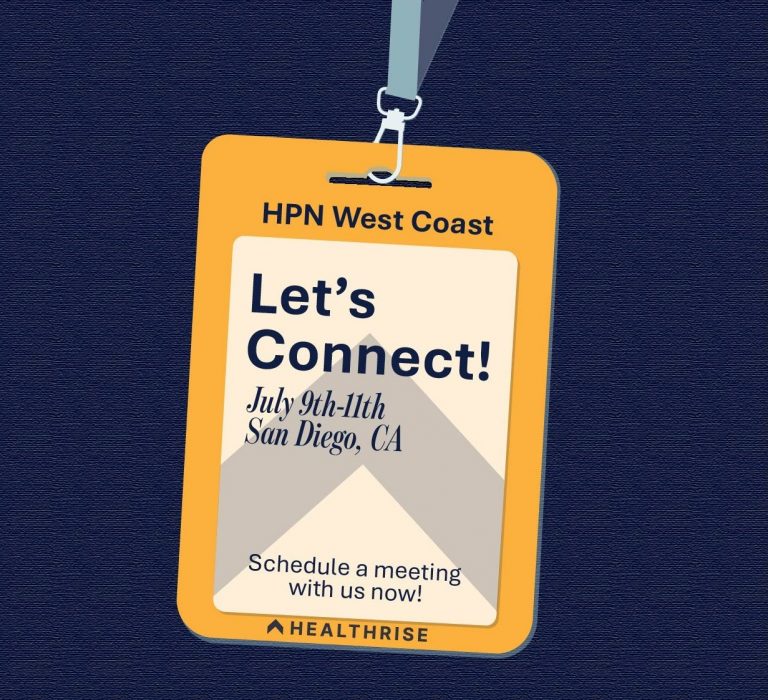

Voice and speech recognition technologies are reshaping how healthcare professionals manage patient data and medical documentation. These tools allow healthcare workers to dictate their notes, which are then converted into written text by sophisticated software, streamlining the entire documentation process which ultimately results in positive Revenue Cycle Management (RCM). By incorporating voice recognition into their daily workflows, healthcare providers can significantly reduce time spent on paperwork, thus improving both the quality of patient care and overall operational efficiency, which is why this technology has been gaining momentum over the past few decades.
This article explores the many benefits of voice recognition technology in RCM, including:
- Improved Documentation, Accuracy, and Efficiency
- Enhanced Patient Experience and Communication
- Maximized Productivity and Reduced Administrative Obstacles
- Stronger Data, Security, and Regulatory Compliance
- Cost Savings and Higher Provider Satisfaction
Additionally, we will discuss the integration of emerging AI technologies with voice recognition software, which is creating even more powerful tools to further streamline workflows.
What is Voice Recognition Technology?
If you have been to the healthcare provider’s office in the last decade or two, you may have observed your caregivers capturing their visit notes via their voice using a recorder or computer. This process leverages voice recognition technology, or otherwise known as speech/speaker recognition, that enables computers to interpret speech into notes and documentation using natural language process (NLP) algorithms. Voice recognition is an efficient way to capture and transcribe dictations and notes at a rapid pace. Through this process, the computer system and AI (where available) can identify sounds and words to guess a probable meaning. With emerging technologies in the late 1990s, voice recognition became the new standard for documentation (HOYT).
Improved Documentation, Accuracy, and Efficiency
Accurate medical documentation is crucial for patient outcomes, yet traditional methods often rely on time-consuming and error-prone processes. Voice recognition software is transforming this practice by allowing providers to dictate their notes, which are then transcribed into text in real-time. This technology improves the efficiency and accuracy of medical recordkeeping by converting spoken language into written form instantly, reducing the chances of errors typically associated with manual transcription (Fornero, 2024).
Using NLP algorithms, voice recognition systems transcribe medical terminology with high precision. This fact is especially valuable in the healthcare sector, where the complexity and specificity of the language requires both speed and accuracy (Fornero, 2024). By reducing the reliance on manual transcription, healthcare professionals can ensure that patient records are up-to-date and accurate, which leads to improved care outcomes.
Voice recognition software also allows providers to dictate directly into electronic health records (EHRs), reducing the time spent typing and facilitating real-time updates. This shift helps streamline documentation processes, enabling providers to focus more on patient care rather than paperwork (Staff, 2023).
Enhanced Patient Experience, Communication, and EHR Adaptability
The integration of speech recognition technology also greatly improves the patient’s experience. By reducing the time clinicians spend documenting care, voice recognition allows healthcare providers to dedicate more time to interacting with their patients, leading to better communication, stronger rapport, and improved patient satisfaction (Staff, 2023).
The technology enhances communication between healthcare teams as well. Real-time access to updated patient records makes it easier for providers to share information and make more informed decisions quickly. This reduces delays and ensures that the patient’s needs are met promptly, improving the coordination and quality of care (Staff, 2023). With less time spent on documentation, providers can engage in more meaningful interactions with their patients, ultimately improving the overall patient experience.
Increased Productivity and Reduced Administrative Obstacles
Voice recognition technology also helps healthcare professionals become more productive by cutting down on time spent on documentation. This efficiency allows medical staff to spend more time focused on patient care rather than administrative tasks. A Yale Medicine study found that voice recognition technology directly integrated with EHRs reduced the time required to complete patient encounters by 50%, which significantly boosts productivity (22 & Berg, 2018)
In addition to faster documentation, voice recognition can also streamline other administrative tasks. For instance, healthcare providers can use voice commands to update schedules, manage patient appointments, or issue reminders—all of which further reduce the time spent on administrative duties. This increased productivity not only benefits healthcare providers but also improves the overall workflow within healthcare organizations.
Stronger Data, Security, and Regulatory Compliance
Voice recognition software also enhances data security and ensures compliance with regulatory standards, such as HIPAA. By eliminating the need for paper records and manual data entry, the risk of human error and unauthorized access is vastly reduced (Fornero, 2024). Many voice recognition systems incorporate encryption for data in transit and at rest, as well as multi-factor authentication, ensuring that patient information remains secure.
Also, worth nothing, the digital nature of voice recognition systems helps healthcare organizations maintain better audit trails, making it easier to track access to sensitive patient data and ensuring that organizations stay compliant with privacy laws and regulations. This added layer of security and accountability makes voice recognition technology a valuable tool in safeguarding patient information.
Cost Savings and Higher Provider Satisfaction
Implementing voice recognition technology can also result in significant cost savings for healthcare providers. By reducing the need for manual transcription services and minimizing administrative overhead, healthcare facilities can lower operational costs. The reduced reliance on the clerical staff for data entry further contributes to these savings, making voice recognition a cost-effective solution for healthcare organizations.
In addition to financial savings, voice recognition technology has been shown to improve job satisfaction among healthcare providers. The time-saving and efficiency benefits of speech-to-text tools allow medical professionals to focus more on patient care, which enhances their work experience. This, in turn, helps reduce burnouts an increasingly common issue in the healthcare sector (Fornero, 2024). Providers who can spend more time with their patients and less time on documentation-related tasks are generally more satisfied with their work, which can also improve retention rates within healthcare organizations.
Looking Ahead: Voice Recognition and AI Integration
The use of voice recognition in healthcare is continuing to evolve, especially with the integration of artificial intelligence (AI). AI-powered voice recognition systems can learn from clinical interactions and improve over time, making them even more effective in automating documentation and providing valuable insights into patient care. By automating routine tasks such as documenting patient visits, AI-enhanced voice recognition technology allows providers to focus on delivering higher-quality care.
Furthermore, these advanced systems can help healthcare providers achieve more accurate diagnoses, streamline reimbursement processes, and reduce clinician burnout—all of which contribute to more efficient and effective healthcare and RCM services.
Conclusion
Voice recognition technology is revolutionizing the healthcare sector by improving the accuracy, efficiency, and accessibility of medical documentation. Allowing healthcare providers to dictate notes and access patient information through simple voice commands streamlines administrative workflows and reduces the time spent on non-clinical tasks. Provider documentation can also benefit from the use of AI with not only speech recognition to dictate directly into their notes but also with integration into formatting documentation and placing specific dictation into specific areas of their notes.
Having AI integrated with provider documentation reduces queries from coding professionals, which speeds up claims submissions and helps to keep account receivable (AR) days within benchmark standards (Montroy, 2022). For healthcare professionals, this technology represents a valuable tool that not only simplifies their work but also improves the patient’s experience, leading to better outcomes for all involved.
Author: Erika Goad, Senior Implementation Specialist & Project Manager, Technology and Analytics Services, Healthrise.
Supporting References
- 22, M., & Berg, S. (2018, May 22). Simpler logins, voice recognition ease click fatigue at Yale. American Medical Association.
- Fornero, S., & Tang, K. (2024, April 10). Ai voice recognition in Healthcare: 5 benefits. Quadrant Health.
- Hoyt R, Yoshihashi A. Lessons learned from implementation of voice recognition for documentation in the military electronic health record system. Perspect Health Inf Manag. 2010;7:1e.
- Miller, E. (2024, August 12). Council post: How voice technology will drive business communications in 2022. Forbes.
- Staff, A. (2023, February 14). What is AI, and how can it benefit the healthcare revenue cycle?. Journal of AHIMA.
Discover how our technology can help you reach your goals, contact us today!



